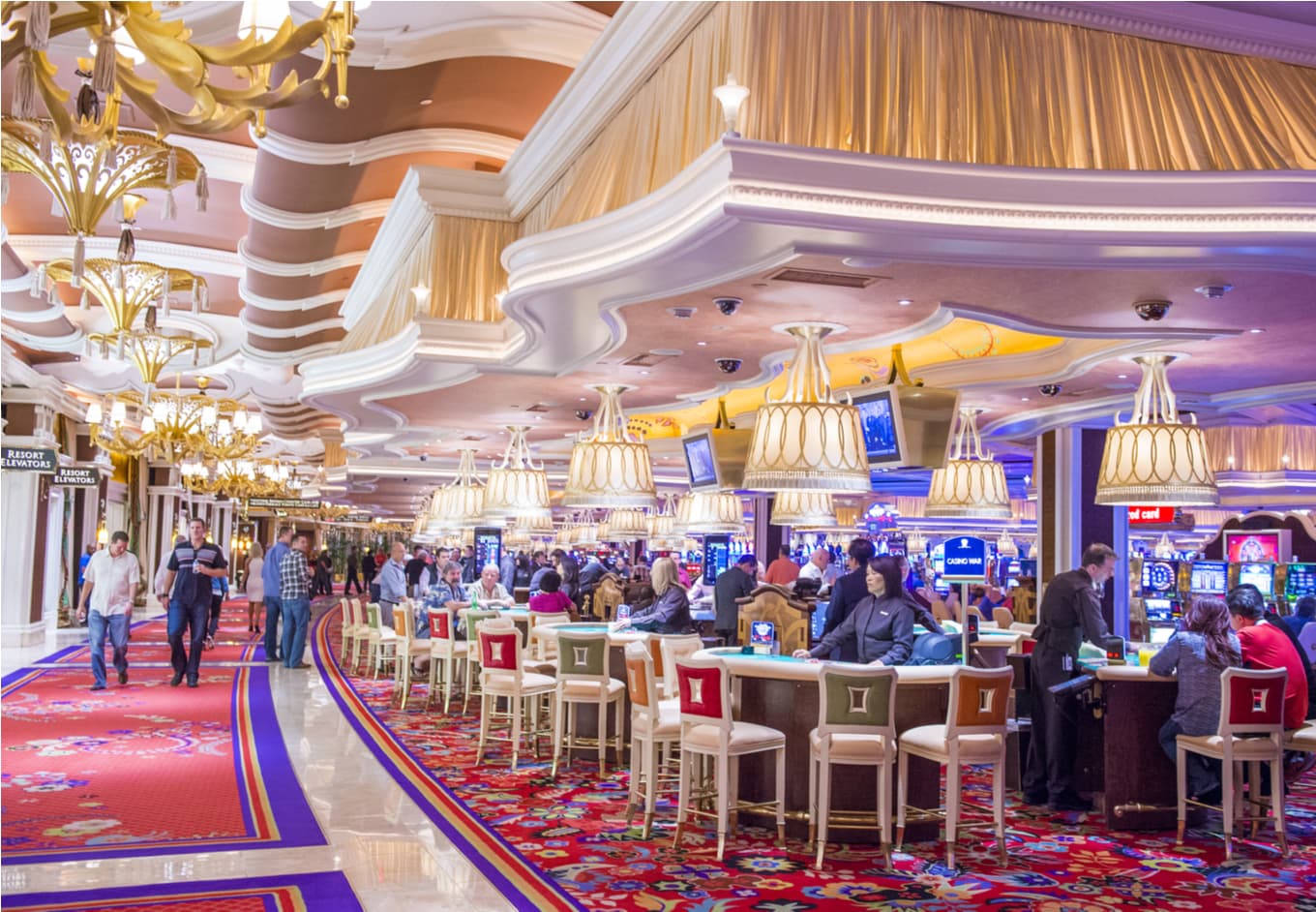In what way Gambling Games Employ Hue and Style to Entice Participants

Within a vibrant and thrilling world of gaming establishments, wherein fortune and tactics intertwine, hues and aesthetic play a pivotal role in attracting players. From the moment visitors step into a casino or log into a gaming website, they are enveloped in a sightly feast that captures their attention and lures them to discover more. Vivid colors, engaging graphics, and innovative layouts are meticulously crafted to create an environment of thrill and expectation, ultimately enhancing the gaming experience.
As players move through the dynamic landscape of casino games, they encounter a range of designs that not only serve aesthetic purposes but also influence emotions and choices. Colors like scarlet and yellow symbolize riches and luck, while soothing navy and greens can create a more relaxed environment. Grasping how these elements work together allows casinos to create an welcoming and stimulating atmosphere that encourages players to engage with the games, invest more time at the tables, and boost their overall enjoyment.
The Study of Hue in Gambling Games
Color plays a critical role in the creation of casino games, influencing players’ feelings and behaviors. Bright and striking shades, such as red and amber, are often used to ignite excitement and capture attention. These colors create a sense of pressure and dynamism, encouraging gamblers to engage more enthusiastically with the game. By thoughtfully selecting hues, designers aim to elicit feelings of pleasure and anticipation, which can enhance the overall gaming experience.
Various colors also have psychological connotations that can impact how players perceive their possibilities of winning. For instance, green is frequently associated with good fortune and wealth, making it a well-liked choice in activities like roulette and poker tables. This connection can lead players to feel more hopeful and confident in their play, ultimately motivating them to wager more. Understanding these links allows game developers to create environments that enhance player satisfaction and loyalty.
Moreover, the design of gaming interfaces often uses color gradients and contrasting hues to instruct player actions. For example, winning results may be highlighted with striking, opposing colors, creating a visual cue. This method supports favorable outcomes and supports repeated participation. By exploiting color psychology, gaming venues can create games that not only attract participants but also hold them interested and invested in their play experience.
Design Elements that Attract Players
The visual appeal of gambling games is primarily influenced by the use of bold colors. Bright and striking colors are deliberately chosen to create an inviting atmosphere that grabs interest. For example, reds and golds often signify luck and prosperity, which is why they are prevalent in the color schemes of gaming machines and table surfaces. These colors not only draw players in, but they also stir emotions associated with thrill and expectation, enhancing the total gaming experience.
In addition to color, the aesthetic and organization of gambling games play a crucial role in player attraction. Games are designed to be intuitive, ensuring that players can easily understand the guidelines and mechanics. User-friendly interfaces, along with captivating graphics and motion, help maintain player interest and encourage extended play sessions. The tactile elements, such as the feel of the controls and the audio of the games, also add to a holistic sensory experience that keeps players immersed.
In conclusion, conceptual elements in game design can greatly influence gaming decisions. Many gambling games are inspired by popular culture, myths, or exploration motifs, featuring symbols and characters that connect with players. These themes create a sense of engagement and relatability, making each game feel unique. When players feel a bond to the theme, they are more likely to opt for that game over others, leading to increased participation and enthusiasm within the casino environment.
Case Studies: Effective Casino Game Designs
One key example of impressive gambling game design is the well-known slot machine series based around popular movies. Games such as those based on the Wizard of Oz and Game of Thrones utilize bright colors and superior graphics to engage players in familiar narratives. The employment of lively visuals and captivating sound effects captures the interest of players, establishing an affective connection to the theme. This strategy not only fosters longer play but also boosts the overall gaming experience, resulting in increased player retention.
Another notable case is the application of color in table games like blackjack and the wheel. Casinos often develop these games with rich reds and greens, colors traditionally linked with luck and wealth. For instance, the green felt on a blackjack table provides a soothing effect, while the crimson accents in roulette invite anticipation. This thoughtful use of color helps to create an inviting atmosphere that encourages players to engage, addressing their psychological impulses and boosting their enjoyment. nohu
Finally, online casino games that include community features and lively, dynamic designs have seen remarkable success in engaging players. Games like Zynga Poker and Slotomania leverage vivid colors and playful animations to forge an inviting online environment. The addition of leaderboards, community sharing options, and in-app rewards promotes competition and community, pulling players in for longer sessions. Such designs not only make the games visually attractive but also underscore social interaction, a crucial factor in player retention and engagement within digital casino environments.
